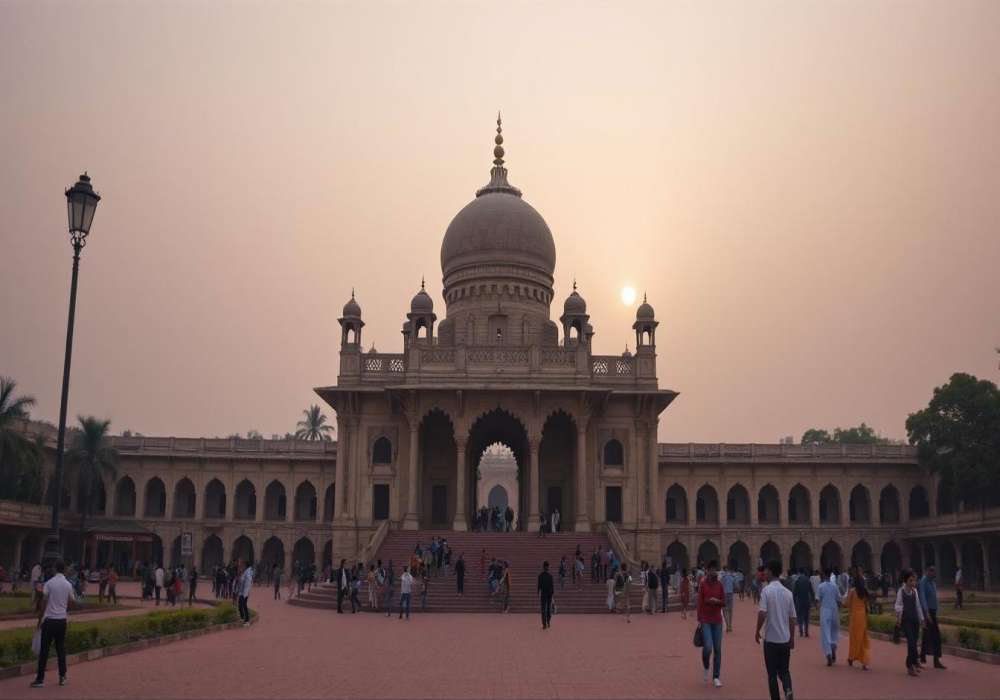
Last Updated At: 14-Jul-2025
Top 11 Things To Do In Gwalior : Activities list with Location
Gwalior, a historic city in the heart of India, stands out for its deep-rooted heritage and vibrant culture. Located in the state of Madhya Pradesh, it is easily accessible from major cities like Delhi and Agra, making it a convenient destination for travellers. The city's climate is most pleasant from October to March, making these months the ideal time to visit. Known for its exquisite forts and palaces, this beautiful place offers a glimpse into India's rich history, attracting history buffs and casual tourists alike. Regarding budget, Gwalior caters to all, offering experiences ranging from affordable stays to luxurious heritage hotels.
Among the things to do in Gwalior is the majestic Gwalior Fort, which stands as a testament to the city's historical significance, commanding the skyline with its imposing structure. The city's vibrant bazaars, filled with the melody of classical music and the aroma of local cuisine, offer an immersive cultural experience. Visitors can also explore the ancient temples and museums, each narrating a story of the city's glorious past. Check out this informative post to learn more!
List Of Top 11 Things To Do In Gwalior
Gwalior, a city rich in history and culture, offers many exciting activities for visitors. From ancient forts to vibrant markets, there's something for everyone. The city is famous for its historical monuments and lively bazaars.
- Gwalior Fort: Majestic Grandeur at Gwalior Fort
- Sas-Bahu Temple: Ancient Intricacies at Sas-Bahu Temple
- Gurudwara Data Bandi Chhod Qilla Gwalior: Spiritual Solace at Gurudwara Data Bandi Chhod
- Jai Vilas Palace: Royal Elegance at Jai Vilas Palace
- Tansen's Tomb: Melodic Heritage at Tansen's Tomb
- Gopachal Parvat: Carved Wonders at Gopachal Parvat
- Sun Temple: Radiant Architecture at Sun Temple
- Bateshwar Group of temples: Sacred Ensemble at Bateshwar Temples
- Patankar and Sarafa Bazar: Vibrant Market Vibes at Patankar and Sarafa Bazar
- Tansen's Mausoleum: Historical Reverence at Tansen's Mausoleum
- Fun City: Joyful Escapades at Fun City
1. Gwalior Fort: Majestic Grandeur at Gwalior Fort
Gwalior Fort, perched atop a rocky hill, is a historical landmark symbolising the city's rich history and is one of the most significant historical places in Gwalior. Its imposing structure and intricate design are awe-inspiring. After paying the nominal Gwalior fort entry fee, visitors can explore ancient palaces and temples within its walls, each narrating a tale from the past.
- Top Attractions: The fort itself and the panoramic views it offers.
- Best Time to Visit: October to March, for pleasant weather.
- Nearby Tourist Spots: Gujari Mahal and Sas-Bahu Temple, epitomising Gwalior's heritage.
2. Sas-Bahu Temple: Ancient Intricacies at Sas-Bahu Temple
The Sas-Bahu Temple, renowned for its exquisite architecture, is a marvel of ancient craftsmanship. It's a must-visit on any Gwalior sightseeing tour, especially for those fascinated by history and architecture.
- Top Attractions: The intricate carvings and architecture.
- Best Time to Visit: Year-round.
- Nearby Tourist Spots: Gwalior Fort, enhancing the sightseeing experience.
3. Gurudwara Data Bandi Chhod Qilla Gwalior: Spiritual Solace
This Gurudwara within Gwalior Fort commemorates the release of 52 princes by Guru Hargobind Sahib. It's a place of both spiritual and historical significance, offering a peaceful retreat.
- Top Attractions: The historical significance and serene environment.
- Best Time to Visit: Year-round, especially during Sikh festivals.
- Nearby Tourist Spots: Explore nearby areas within Gwalior Fort for a complete experience.
4. Jai Vilas Palace: Royal Elegance at Jai Vilas Palace
Jai Vilas Palace showcases the opulence of Gwalior's royal families. This European-inspired palace houses a museum with royal artefacts.
- Top Attractions: The Durbar Hall and Museum.
- Best Time to Visit: Open year-round.
- Nearby Tourist Spots: The best restaurants in Gwalior are nearby, offering a taste of local cuisine.
5. Tansen's Tomb: Melodic Heritage at Tansen's Tomb
Dedicated to the legendary musician Tansen, this tranquil garden tomb is a significant part of Gwalior's musical legacy and a popular spot for weekend getaways near Gwalior. The serene ambience of the tomb, set amidst lush gardens, makes it a perfect retreat for those seeking a blend of history and music.
- Top Attractions: The tomb and gardens.
- Best Time to Visit: November to February.
- Nearby Tourist Spots: Integral to a Gwalior sightseeing tour, including several historical sites.
6. Gopachal Parvat: Carved Wonders at Gopachal Parvat
Gopachal Parvat, renowned for its colossal rock-cut Jain sculptures, stands as a testament to the religious and historical significance of Jainism. The site, with its awe-inspiring sculptures carved directly into the rock face, provides a unique glimpse into ancient artistry and devotion.
- Top Attractions: The massive Jain sculptures, each with its own historical tale.
- Best Time to Visit: Accessible year-round, offering a different perspective in each season.
- Nearby Tourist Spots: Other Jain monuments in the area, each embodying a piece of Jain heritage.
7. Sun Temple: Radiant Architecture at Sun Temple
Inspired by the Konark Sun Temple, this architectural marvel is a tribute to the Sun God. Surrounded by beautifully manicured gardens, it's a place where architecture and nature harmoniously intertwine.
- Top Attractions: The temple's intricate design and the tranquil gardens.
- Best Time to Visit: Open year-round, with each season offering a unique charm.
- Nearby Tourist Spots: The verdant Phool Bagh nearby, a perfect place to relax and reflect.
8. Bateshwar Group of Temples: Sacred Ensemble at Bateshwar Temples
The Bateshwar group of temples, nestled in a serene environment, represents an ensemble of ancient Lord Shiva temples. These temples, with their unique architectural styles, offer a peaceful retreat into spirituality and history.
- Top Attractions: The collective beauty of the temples and their serene ambiance.
- Best Time to Visit: Ideal to visit throughout the year for spiritual solace.
- Nearby Tourist Spots: Explore nearby archaeological sites for a deeper dive into history.
9. Patankar and Sarafa Bazar: Vibrant Market Vibes
Patankar and Sarafa Bazar are the heartbeats of Gwalior's local culture, offering an array of shopping experiences. From exquisite handicrafts to sparkling jewellery and tantalising local street food in Gwalior, these markets are a treasure trove for shoppers and food enthusiasts alike.
- Top Attractions: The bustling energy, array of local crafts, and delicious street food.
- Best Time to Visit: Evening, when the markets come alive with vibrant colours and flavours.
- Nearby Tourist Spots: Various heritage sites nearby offer a journey back in time after a lively market experience.
10. Tansen's Mausoleum: Historical Reverence at Tansen's Mausoleum
Tansen's Mausoleum, a serene garden-enclosed monument in Gwalior, pays homage to the legendary musician Tansen. This site, surrounded by lush greenery, is a symbol of India's rich musical heritage and a source of inspiration for music lovers.
- Top Attractions: The historical mausoleum and the tranquil gardens, often echoing with melodies.
- Best Time to Visit: Ideal throughout the year, particularly vibrant during music festivals.
- Nearby Tourist Spots: A plethora of other cultural landmarks in Gwalior, each with its own story.
11. Fun City: Joyful Escapades at Fun City
Fun City in Gwalior is a popular destination for families and young travellers. This amusement park offers various rides and attractions, perfect for a day of fun and excitement. It's a great spot to unwind and enjoy with friends and family.
- Top Attractions: Rides and entertainment activities.
- Best Time to Visit: Open year-round, best in cooler months.
- Nearby Tourist Spots: Shopping markets in Gwalior for souvenir
Read More: Places To Visit In Gwalior
Conclusion
With its blend of historical richness and modern entertainment, Gwalior offers a diverse range of activities for visitors. From the imposing Gwalior Fort to the fun-filled escapades at Fun City, there's something for every kind of traveller. Discover the city's musical legacy, indulge in shopping and local cuisine, and immerse yourself in its cultural depth.
Plan your trip with Adotrip today for a comprehensive Gwalior experience. With their end-to-end travel assistance, including Book flight and hotel bookings and tour packages, exploring Gwalior's wonders has never been easier.
With Adotrip, nothing is far!
Frequently Asked Questions About Things To Do In Gwalior
Q1: What are the historical landmarks to visit in Gwalior?
A1: Here are some of the must-visit historical landmarks in Gwalior:
- Gwalior Fort: Known for its grand architecture and panoramic views.
- Jai Vilas Palace: A testament to the luxury of the Scindia dynasty.
- Teli Ka Mandir: An ancient temple showcasing a blend of architectural styles.
- Sas-Bahu Temple: Renowned for its intricate carvings and architectural beauty.
- Gurudwara Data Bandi Chhod: A site of great historical and spiritual importance.
Q2: Are there any music and dance festivals in Gwalior?
A2: Below are some music and dance festivals in Gwalior:
- Tansen Music Festival: A renowned event celebrating classical music.
- Gwalior Trade Fair: Includes cultural performances along with trade activities.
- Ustad Alauddin Khan Music and Dance Festival: Showcasing performances by eminent artists.
Q3: Where can I enjoy the local cuisine in Gwalior?
A3: Find out the best places to enjoy local cuisine in Gwalior:
- Silver Saloon in Usha Kiran Palace: Offers traditional Gwalior cuisine.
- Bahadura Sweets: Famous for local sweet delicacies.
- Indian Coffee House: A classic spot for snacks and coffee.
- SS Kachoriwala: Known for its delicious kachoris.
Q4: What are some family-friendly activities in Gwalior?
A4: Here are some family-friendly activities in Gwalior:
- Visit Gwalior Zoo: A great place for kids to see diverse wildlife.
- Explore Gwalior Science Centre: Offers interactive science exhibits.
- Boating at Tighra Dam: Enjoyable water activities in a scenic setting.
- Picnic at Phool Bagh: A relaxing spot for families.
Q5: How can I explore the local handicrafts and shopping in Gwalior?
A5: Below are some ways to explore handicrafts and shopping in Gwalior:
- Patankar Bazar: Offers a variety of local handicrafts and souvenirs.
- Sarafa Bazar: Known for its jewellery and local crafts.
- Dindayal City Mall: A modern shopping experience with a range of stores.
- Arihant Emporium: Specialises in traditional Chanderi and Maheshwari fabrics.
--- Published By Adotrip
Latest Blogs

Cash in the Wild: My Safari Adventure Across Kenya with Only...

One Day Picnic Spot Near Pune - Adventure, Trekking and Natu...

One Day Picnic Spots Near Mumbai - Monsoon, Adventure, Beach...

The Best Places to Go in Thailand in 2025
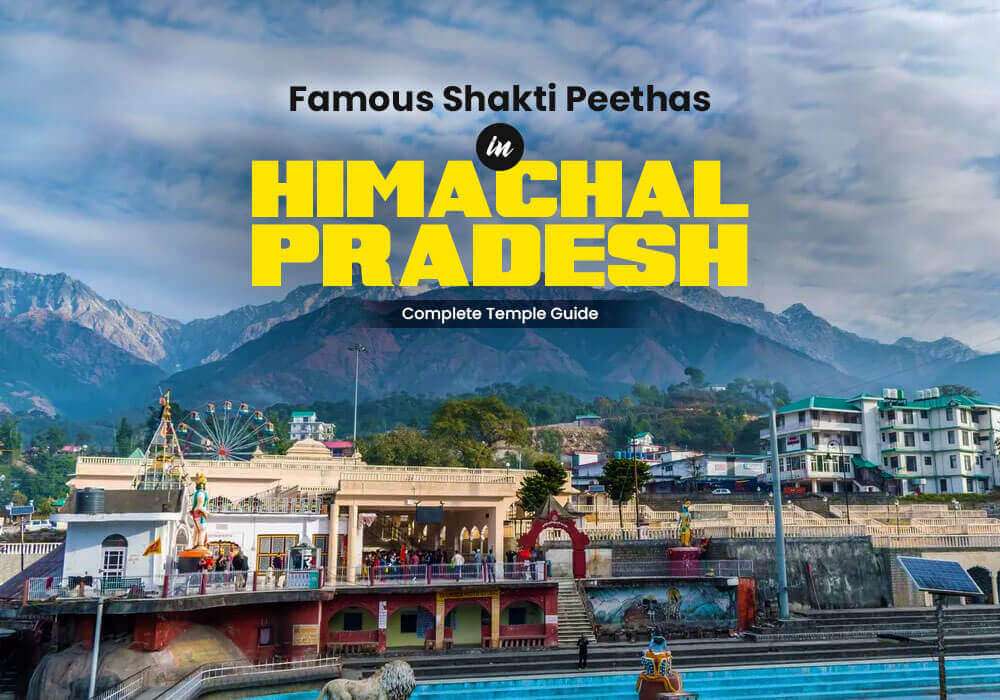


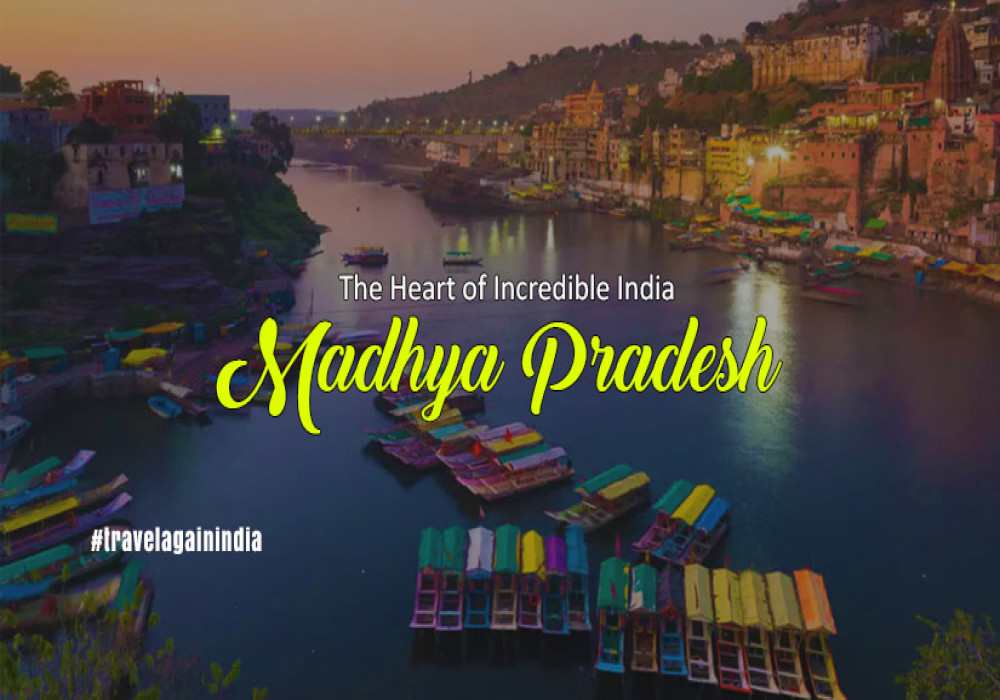




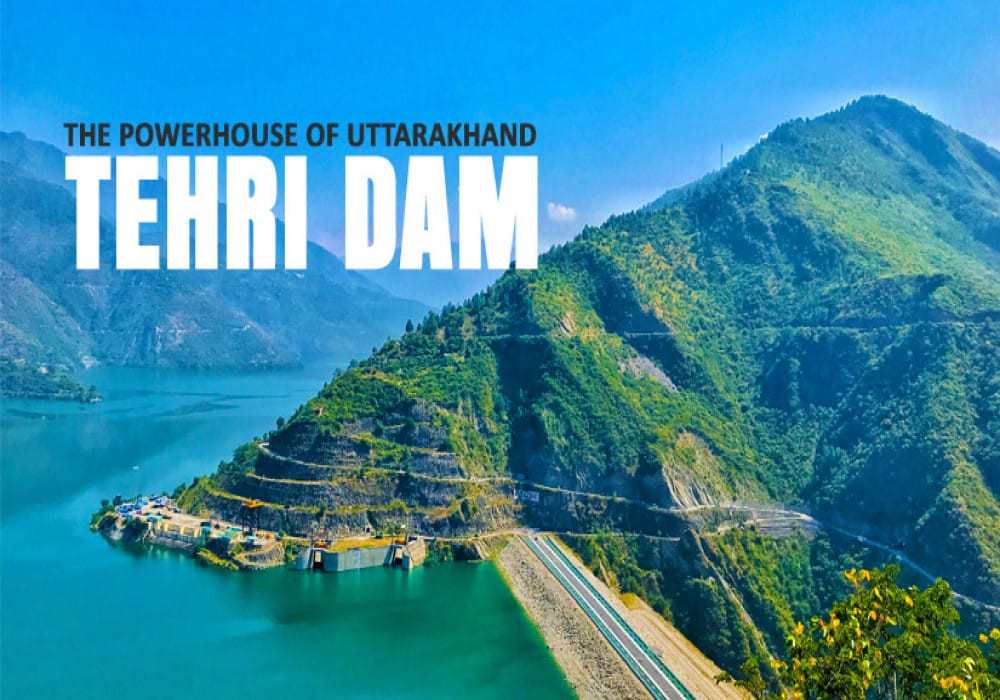
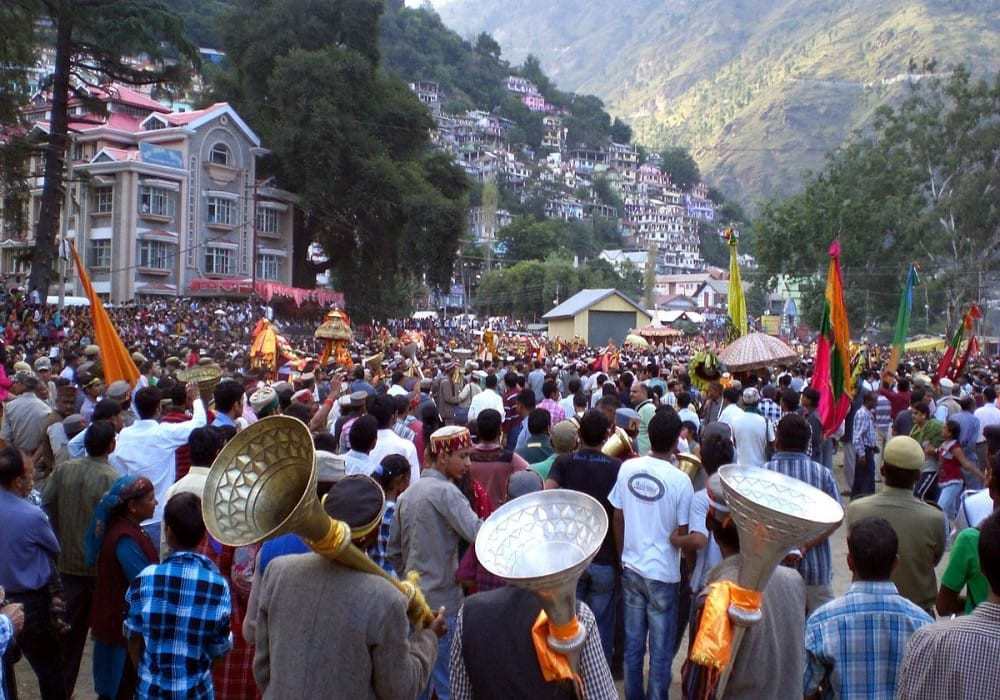


.jpg)
 Dubai
Dubai Malaysia
Malaysia USA
USA





